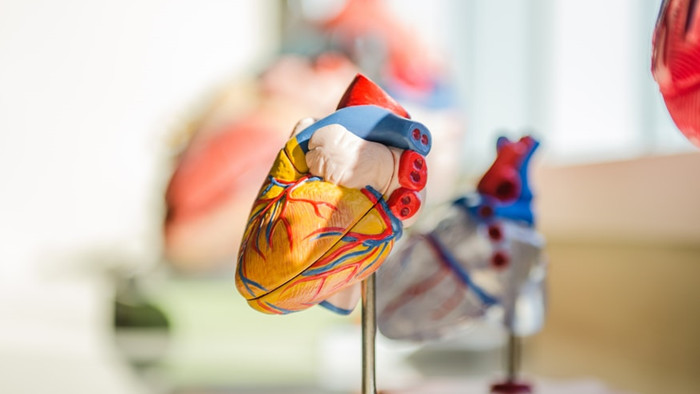Degradable Polymer Occluder
Degradable Polymer Occluder – Medical Device Surface Coating – Cheersonic
The traditional treatment for congenital heart disease is open thoracic surgery, which can cause severe trauma to the patient. With the development of interventional medicine, there are currently 5 types of occluders on the market for the interventional treatment of congenital or structural heart diseases – atrial septal defect occluder, ventricular septal defect occluder, soft round foramen Occluder, patent ductus arteriosus occluder and left atrial appendage occluder. The occluders currently on the market for interventional treatment of congenital heart disease are basically made of non-degradable nickel-titanium alloys, which will remain permanently in the human body, which is not ideal for children. The development of degradable occluder has become the trend of the next generation of congenital heart disease occluder, but it faces challenges in material technology.

The first degradable atrial septal defect occluder for interventional therapy entered the clinic. The occluder is composed of a degradable polyester-polylactic acid mesh disc and a flow blocking film. Although the polymer does not have the same superelasticity as nitinol, the biodegradable occluder can still be delivered to the heart through the catheter through the femoral vein and effectively occlude the atrial septal defect. The lock key structure also enables the occluder to be withdrawn by interventional means and to be occluded for the second time even if the first release position is not suitable, thereby avoiding the need to be retrieved during thoracotomy.
Studies have shown that the developed polymer materials with suitable crystallization and orientation have excellent physicochemical properties, as well as good interaction between the material surface and cells. Dorsal implantation experiments in New Zealand white rabbits showed acceptable levels of inflammatory responses from degradation products of the polymer.
Atrial septal defect model was established by performing atrial septal puncture and balloon dilation in pigs, and 44 pigs with atrial septal defect were successfully occluded with an occluder. Anatomical follow-up of the implanted pigs at different time points showed that at 3 months, the occluder was covered by a layer of new tissue, and at 36 months, the occluder was completely degraded except for the top, and the mechanical properties of the new tissue and surrounding normal tissue were There is no significant difference in performance and thickness.
Based on the safety and effectiveness of the occluder in the previous large animal experiments, with the approval of the ethics committee and the consent of the patient’s parents, a 4-year-old boy with atrial septal defect underwent the world’s first fully degradable room. Interventional treatment of septal defect occluder. Echocardiography showed a significant reduction in residual shunt in the heart after implantation of the occluder. After 24 months, the occluder still occluded the defect normally, and the electrocardiogram and blood test results showed no abnormality.
After more than ten years of cooperation among multiple teams, the PLA atrial septal defect occluder has entered a multi-center clinical trial and has been fully launched in 13 hospitals.
Source: Biomaterials Magazine
Ultrasonic nozzles are particularly suitable for a wide range of medical coating applications due to their very precise, non-blocking, repeatable spray performance and extremely low flow rate capability. For several years, Cheersonic has been providing ultrasonic medical coating system to medical device manufacturers worldwide. As medical device technology evolves, we will continue to design unique medical coating ultrasonic spray solutions to enhance patient safety and provide the highest quality medical device coating on the market.
Cheersonic is the leading developer and manufacturer of ultrasonic coating systems for applying precise, thin film coatings to protect, strengthen or smooth surfaces on parts and components for the microelectronics/electronics, alternative energy, medical and industrial markets, including specialized glass applications in construction and automotive.
